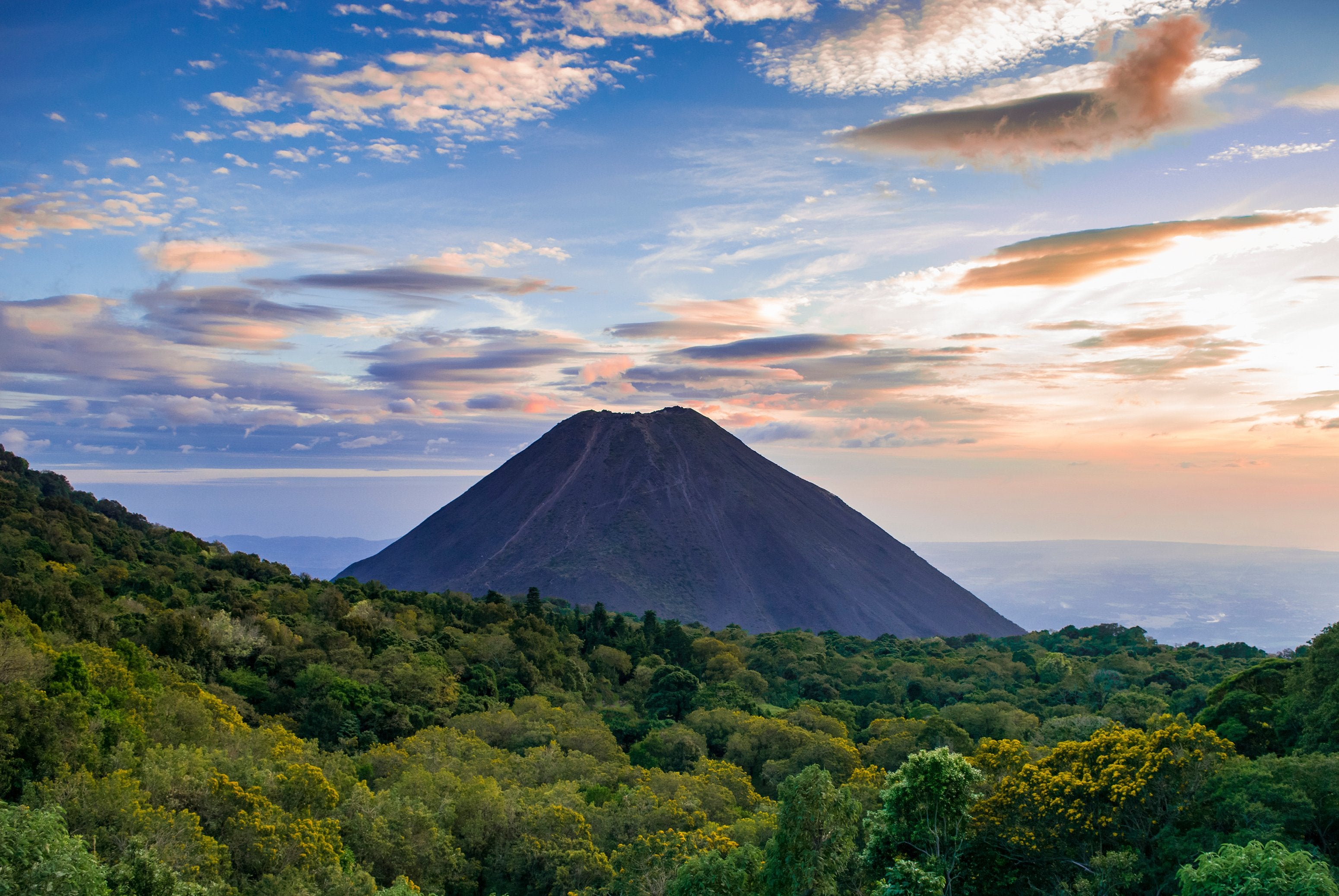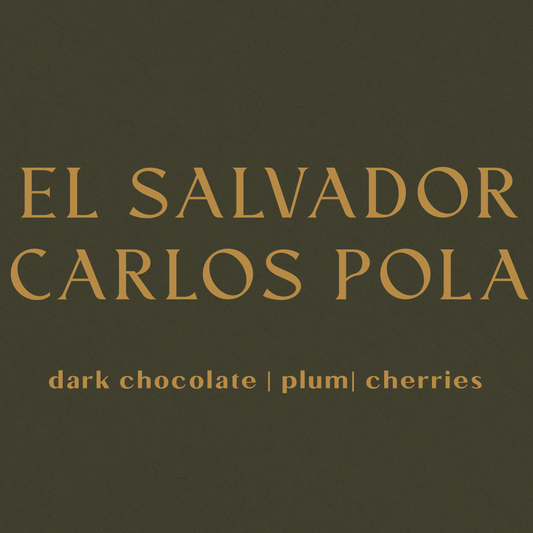
El Salvador
Coffee Production in El Salvador
1. Historical Background
Coffee was introduced to El Salvador in the mid-18th century, likely around the 1740s, but it didn’t become a significant economic crop until the mid-to-late 1800s. By the early 20th century, coffee had become the country's primary export, shaping much of its national economy, infrastructure, and land use.
The rise of coffee in El Salvador was closely tied to land reform policies and export-oriented economic models. The government actively encouraged coffee cultivation by offering tax incentives and land grants, especially in highland regions. This led to large-scale plantations and the displacement of Indigenous and peasant communities—a legacy that would influence social tensions throughout the 20th century.
By the 1970s, El Salvador was one of the world’s leading coffee exporters. However, the civil war (1979–1992), followed by economic liberalization, climate events (such as hurricanes and droughts), and leaf rust outbreaks significantly reduced production and global relevance.
2. Regional Context and Growing Conditions
El Salvador is one of the smallest coffee-producing countries in Central America, yet it boasts a wide range of ideal growing conditions:
Altitude: 1,000 to 2,000+ meters above sea level
Soil: Volcanic, nutrient-rich
Climate: Tropical with a dry and rainy season
Shade-grown systems are prevalent across the country
Key coffee-producing regions include:
Santa Ana (home to the famed Ilamatepec volcano)
Ahuachapán
Sonsonate
Chalatenango (renowned for high-elevation microlots and Pacamara)
El Salvador is also home to some of the world’s most historically important Arabica cultivars, such as Bourbon, Pacas, and Pacamara, many of which thrive in its well-managed smallholder and estate systems.
3. Processing Methods
El Salvador has a long tradition of washed (fully wet) processing, but in recent decades, many producers have embraced natural and honey processes to diversify flavor profiles and improve market differentiation. Small mills and beneficios often support microlots and experimental lots with precision fermentation protocols.
Common practices include:
Handpicking ripe cherries
Washed process with fermentation tanks for 12–36 hours
Natural and honey drying on patios, raised beds, or African drying beds
Innovations in anaerobic fermentation and extended fermentation methods
The country’s relatively advanced infrastructure and knowledge base among producers have enabled rapid adaptation to specialty coffee trends.
4. Flavor Profile & Cultivars
El Salvadoran coffees are known for their clean, sweet, and balanced cups, often featuring:
Red and yellow fruit tones (cherry, apple, peach)
Milk chocolate and caramel sweetness
Citrus acidity with moderate brightness
Floral or herbal complexity in high-elevation microlots
Key cultivars include:
Bourbon – prized for its sweetness and roundness
Pacas – a natural Bourbon mutation, compact and clean
Pacamara – a hybrid of Pacas and Maragogipe, known for bold profiles and oversized beans
Cuscatleco, Sarchimor, SL-28 – more recent introductions for disease resistance or experimentation
Many Cup of Excellence lots and direct trade relationships are built around single-varietal offerings from specific regions and producers.
5. Market Dynamics and Outlook
Despite a significant reduction in production since the 1970s, El Salvador remains a respected origin in the specialty coffee sector. According to the International Coffee Organization (ICO), El Salvador now produces less than 1% of global output, but the quality and traceability of its coffees help it maintain a strong reputation.
Key challenges include:
Coffee leaf rust (La Roya), which devastated harvests in the 2010s
Aging tree stock and lack of farm renewal
Youth migration away from rural farming communities
Climate volatility, including droughts and hurricanes
However, there are signs of revival through:
Smallholder innovation
Producer cooperatives
Micro-export models
Government and NGO support for replanting and infrastructure
El Salvador's strength lies in its diversity of cultivars, high elevation, and institutional knowledge, making it a favorite among roasters seeking clarity, sweetness, and transparency.
Shop Coffees from El Salvador
-
 Sold out
Sold outCarlos Pola
Regular price From $24.00 USDRegular priceUnit price / per

